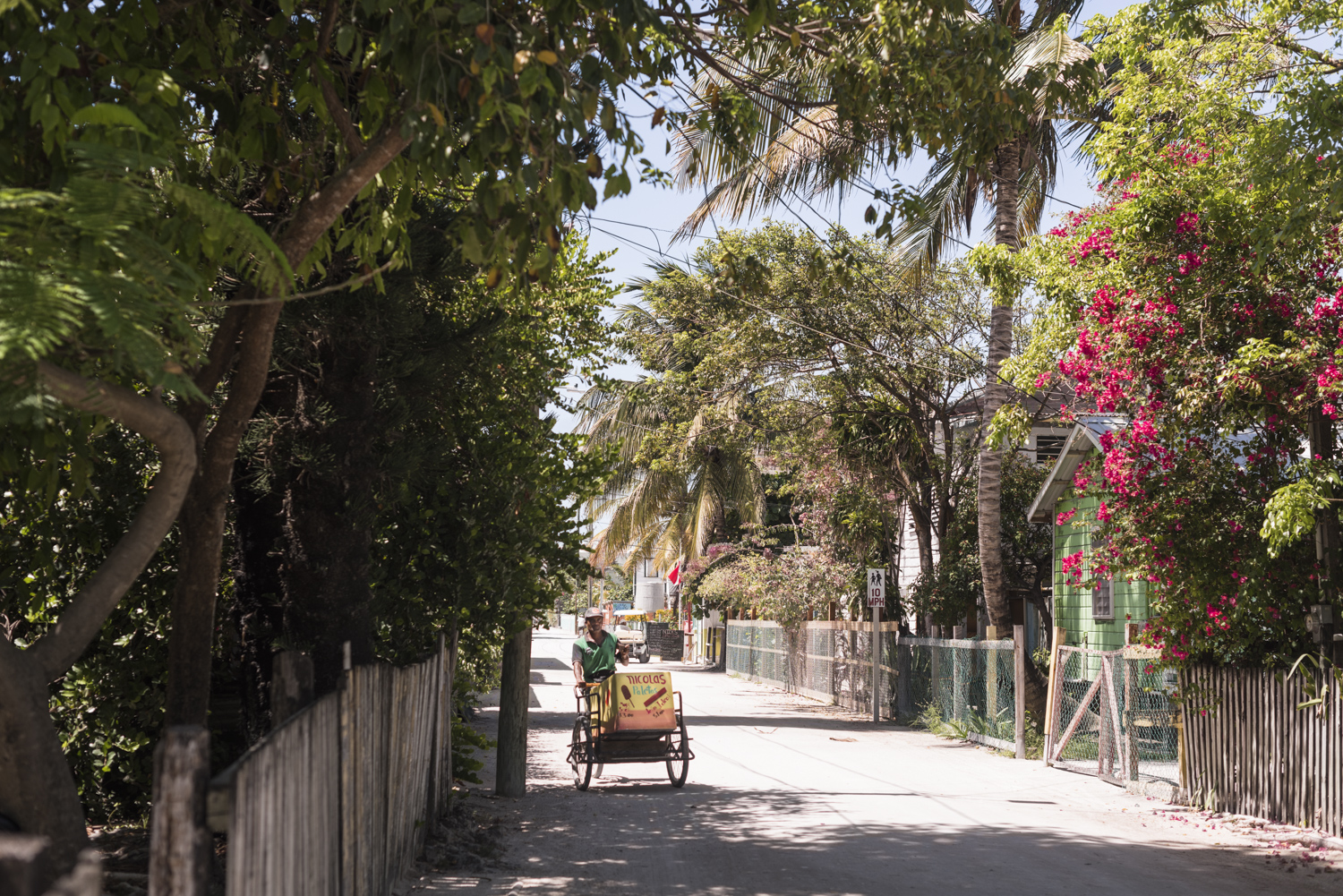“What is in a name?”

“What’s in a name? That which we call a rose by any other name would smell as sweet”. These famous lines from Shakespeare’s timeless play Romeo and Juliet draws a direct contrast between the name of a person and their characteristics. Here, Juliet argues that a name is just a label and does not accurately reflect a person’s true essence. To her family, Romeo is a loathed Montague but she sees the person behind the title. Their families would cast them as enemies but they see each other beyond the Montague and Capulet labels. Is Juliet right? Are people sometimes trapped by names and labels attached to them? And, without the name, are core characteristics maintained? People and things aside, how does this apply to places and specifically to places in Belize?
Hopkins Village got its current name in 1942 as a tribute to Bishop Frederick Hopkins S.J. Hopkins was appointed Vicar Apostolic of British Honduras in 1899. Before 1942, the name of the village was Yugadan. The legend is that the name Yugadan came from a woman named Sirrian who arrived from Uganda in the 1800s and moved to the area with her two daughters. It is unclear what happened to Sirrian and her daughters; however African and Caribbean traditions still pull at the core of the thriving Garifuna community to this day.
A little further south is Placencia Village. This village used to be called Punta Placentia. The word “placentia” is a Latin word meaning “a pleasant place to live” and generally correlates to English words such as pleasing, welcoming, or satisfying. Therefore, Punta Placentia is Pleasant Point. The name was given by Spaniards who travelled the southern coast before the peninsula was resettled in the 1800s. The village has maintained its name with a slight change in spelling. Any person who has ever walked the famous Placencia sidewalk or casted their eyes at the crescent-shaped beach, knows that the feelings of “pleasantness” certainly still apply.
“San Pedro” is the Spanish translation for Saint Peter. In other words, the town and the Catholic saint have the same name. In the Catholic Church, Saint Peter is regarded as the first in its unbroken succession of popes and he is also the patron saint of fishing. This makes sense since San Pedro, Ambergris Caye started as a humble fishing community. Things get even more interesting for Caye Caulker Village. The word “caulk” means to stop up and make tight against leakage such as a boat or its seams. This ties in with the theory that the village’s name originated from sailors who would stop on the island to cork and refill their water stores.
What is in a name? The story behind a name adds new depth – and there are some interesting names in the way of Belize’s villages. For example, Sarteneja village is derived from its original Maya name “Tza-ten-a-ha” which means “give me water”. To think of what fun history may be behind the names of villages like Crooked Tree, Double Head Cabbage, Scotland Half Moon, Patchakan, Duck Run, Tea Kettle, Franks Eddy, Monkey River and so many more, would certainly add colour to a visit. The names are tied to the unique beauty, natural resources, and historical experiences of the people who settled and live there today. But, what more is there to discover within each village even if they have different names? In truth, there is a lot in a name if the name prompts us to be more curious about that thing, person, or place.
Chat again later.
Jasmine Anderson
For the Belize Tourism Board
